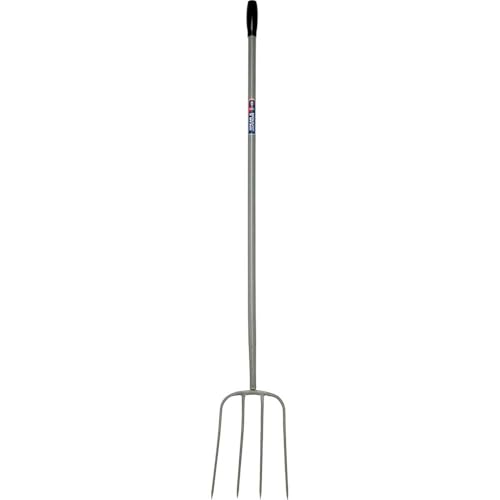What is suspension on a bike fork?
The suspension on a bike fork refers to the system that helps absorb shocks and vibrations when riding on uneven terrain. It is usually found on the front fork of mountain bikes and is designed to improve control, traction, and rider comfort.
Why is it important to adjust the suspension?
Properly adjusting the suspension on a bike fork is crucial for optimal performance and safety. A poorly adjusted suspension can result in a harsh and uncomfortable ride, reduced control, and even damage to the bike and its components. By making the necessary adjustments, riders can tailor the suspension to their weight, riding style, and the type of terrain they will be riding on, ensuring a smoother and more controlled ride.
Step-by-step guide to adjusting the suspension on a bike fork
Adjusting the suspension on a bike fork may seem daunting at first, but with the right tools and knowledge, it can be done easily. Here is a step-by-step guide to help you properly adjust the suspension on your bike fork:
1. Determine your desired sag
Sag refers to the amount of suspension travel that is used up when you are sitting on the bike in a normal riding position. The ideal sag varies depending on the type of riding you will be doing. Generally, for cross-country riding, a sag of around 15-20% is recommended, while for downhill riding, a sag of around 25-30% is preferred. Consult your bike’s manual or the manufacturer’s website for specific recommendations.
2. Adjust the air pressure
Most modern bike forks are equipped with air springs, which can be adjusted to achieve the desired sag. Start by checking the recommended air pressure for your weight and riding style. Use a shock pump to add or release air from the fork’s air chamber, ensuring the pressure corresponds to the desired sag. It may take a few adjustments to find the right pressure.
3. Fine-tune the rebound
Rebound refers to the speed at which the suspension extends back to its full position after being compressed. Too much rebound can result in a bouncy ride and reduced control, while too little rebound can make the suspension feel too stiff. Locate the rebound adjustment knob on your fork and make small adjustments, testing the fork’s response after each adjustment. Aim for a rebound that allows the fork to recover quickly without bouncing back excessively.
4. Consider compression adjustments
Some bike forks may also have compression adjustment options, which control the fork’s movement when it is compressed. This can be useful for fine-tuning the fork’s performance based on the type of terrain you will be riding on. Experiment with different compression settings to find the one that works best for your riding style and preferences.
5. Test and make further adjustments
Once you have made the initial adjustments, take your bike for a test ride on a variety of terrain. Pay attention to how the suspension feels and make any necessary fine-tuning adjustments. Remember that suspension preferences can vary between riders, so it might take some trial and error to find the perfect setup.
Adjusting the suspension on a bike fork is an important part of maximizing performance and comfort while riding. By following this step-by-step guide, you can properly adjust the suspension to suit your weight, riding style, and terrain, ensuring a smoother and more controlled ride. Remember to consult your bike’s manual or the manufacturer’s website for specific recommendations and always test the adjustments on different terrains to fine-tune the setup. With a properly adjusted suspension, you can enjoy a more enjoyable and efficient biking experience.






